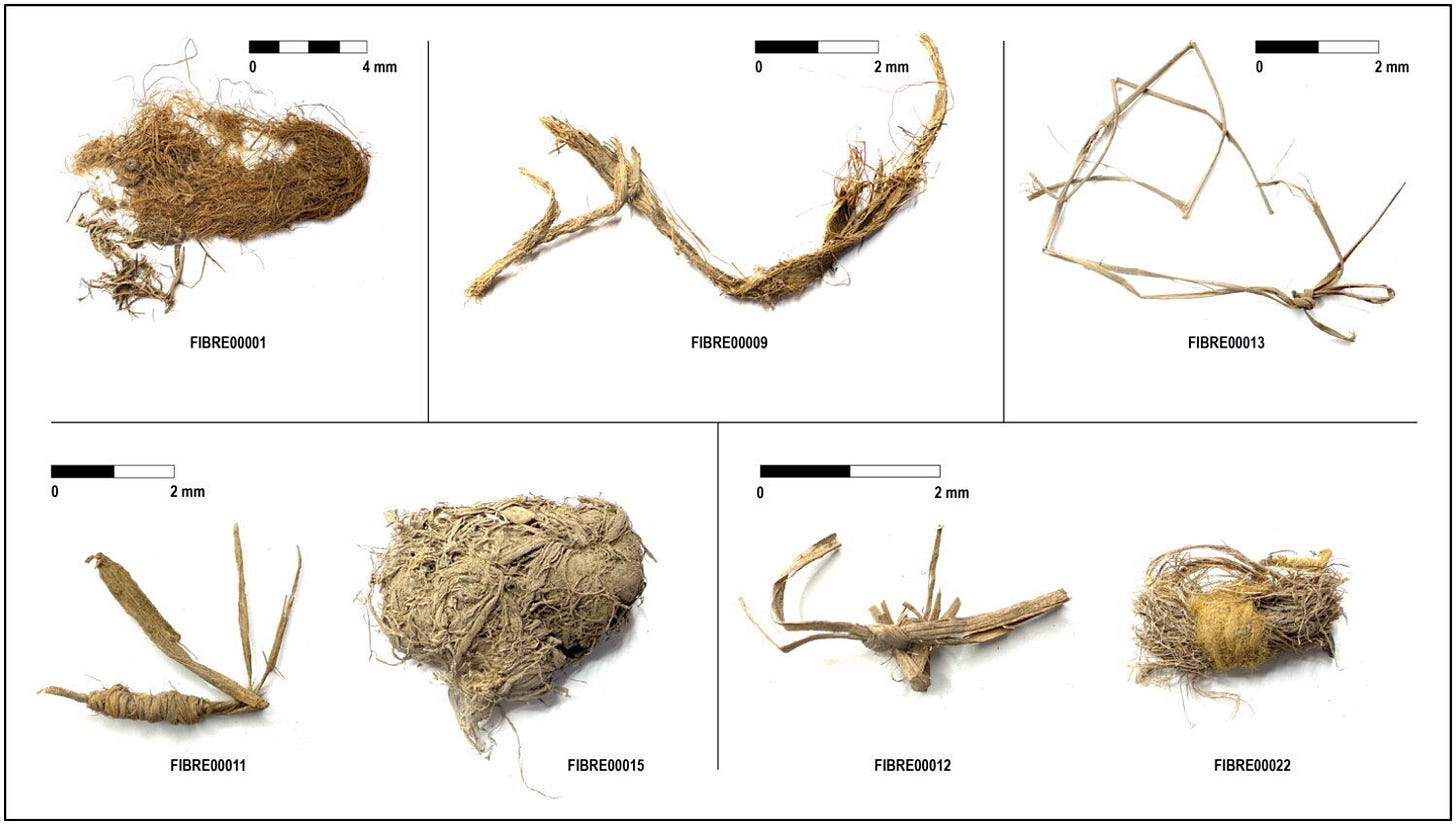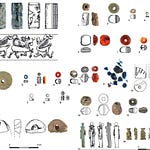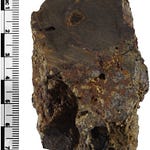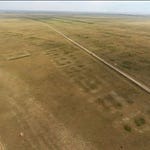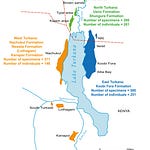A Rock Shelter That Should Not Have Remembered Anything
The drive north from Laura, Queensland, does not advertise the possibility of revelation. The road dissolves into gravel, then into a station track that snakes through open woodland. Eventually the vehicle must be abandoned. The final approach requires walking: up the sandstone ridges, into Quinkan Country, where rock art clings to overhangs and the silence feels older than the continent itself.
Tucked within this landscape is Windmill Way, a rock shelter so unassuming that nothing about its appearance suggests it would preserve anything delicate. Plant fibres should disintegrate within years in most Australian contexts. Centuries would dissolve them entirely. Millennia should erase all trace.
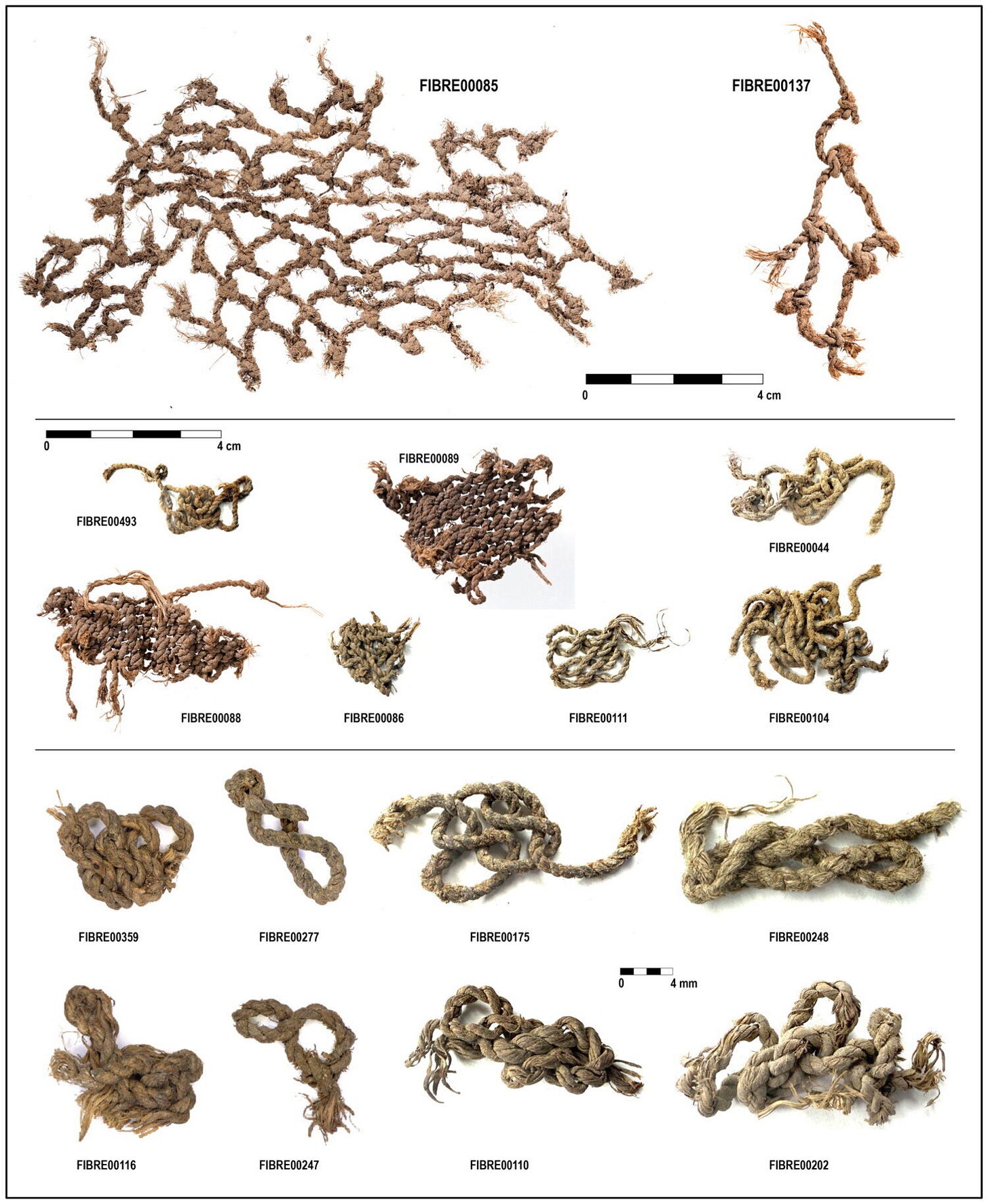
Yet when archaeologists excavated here in 2022, they found the opposite: more than 500 fragments of string, nets, bags, and fibre bundles, spanning nearly two millennia. A collection that should not exist somehow survived against every natural rule.
“Organic technologies rarely endure long enough to tell their stories directly,” says Dr. Lena Thornton, an archaeologist at the University of Melbourne. “A site like Windmill Way behaves like a time capsule for knowledge that usually vanishes.”
What the shelter preserved is not just string. It is evidence1 of continuity, creativity, and daily life reaching back long before European arrival. It is also a reminder that the archaeological record is shaped as much by environmental accident as by human intent.
Listen to this episode with a 7-day free trial
Subscribe to Anthropology.net to listen to this post and get 7 days of free access to the full post archives.


